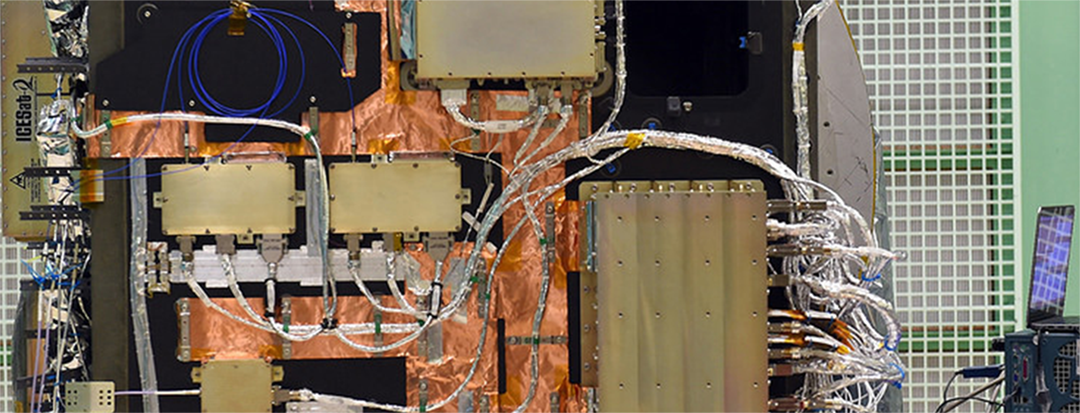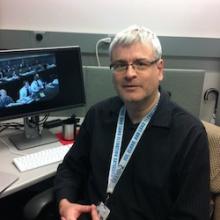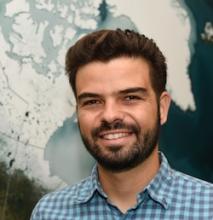How It Works
ICESat-2’s spacecraft provides power, propulsion, orbit, navigation, data storage and handling, and more. It features an incredibly precise knowledge of the satellite’s position in space – critical for taking measurements.




Learn more about how ICESat-2 works on the How It Works page.

SPACE LASERS
ICESat-2 carries a single instrument – the Advanced Topographic Laser Altimeter System, or ATLAS, which times the travel of laser pulses to measure the elevation of Earth’s surface. New technologies allows ATLAS to collect a more detailed, precise picture of heights of Earth’s surfaces. Learn more about space lasers.
Team
Scientists, engineers, computer programmers, system administrators, support staff, technicians, contractors and others all work to make the ICESat-2 mission a success. Learn about some of the team.

































